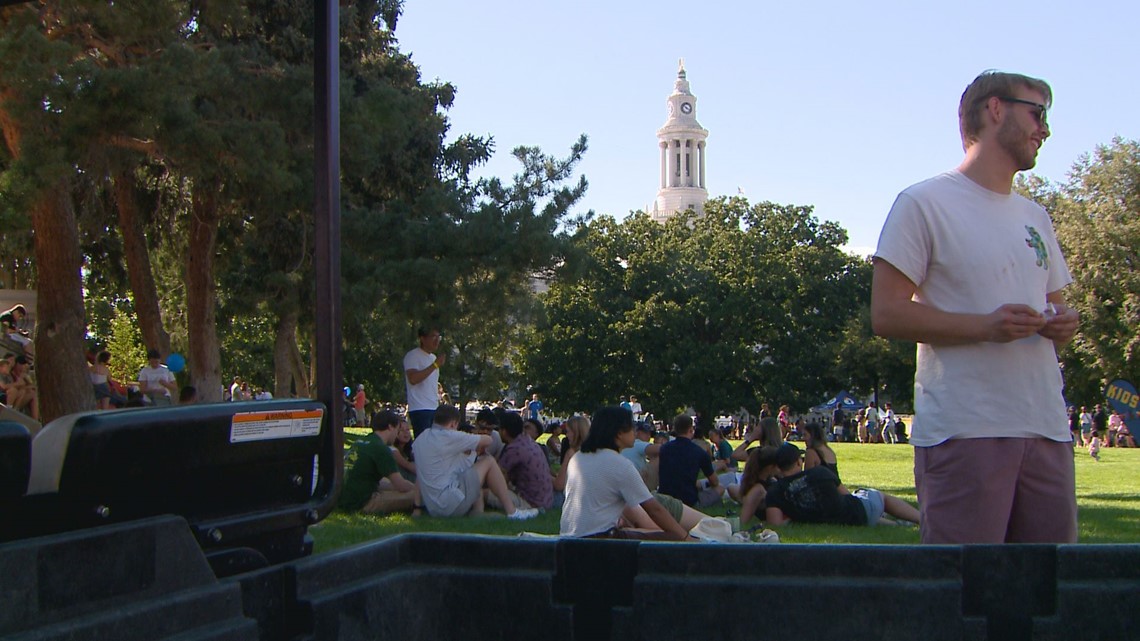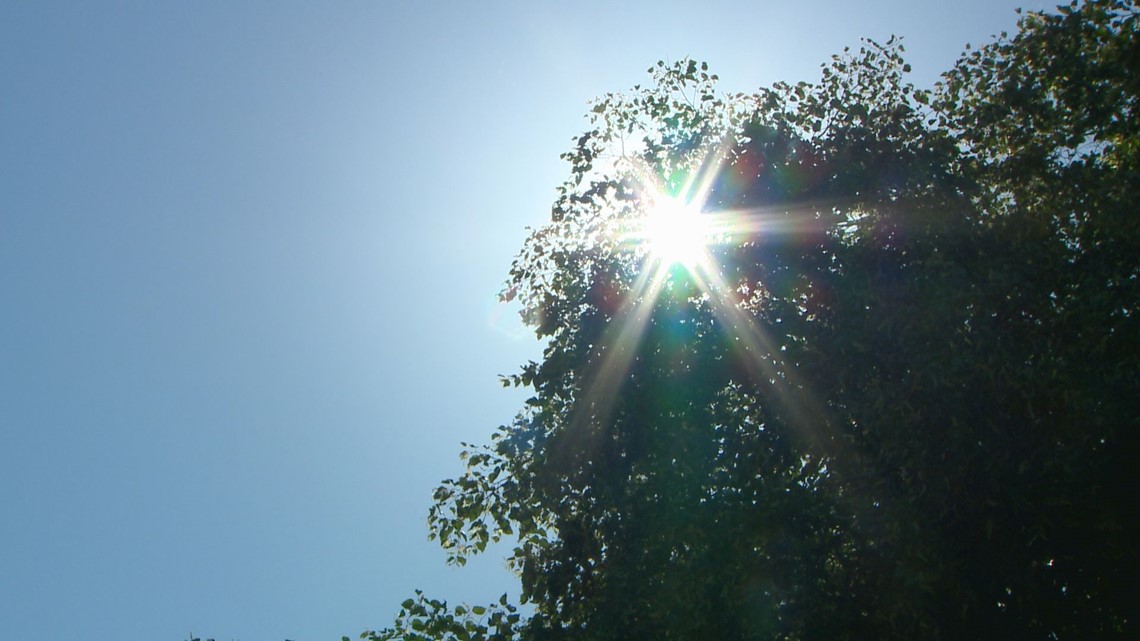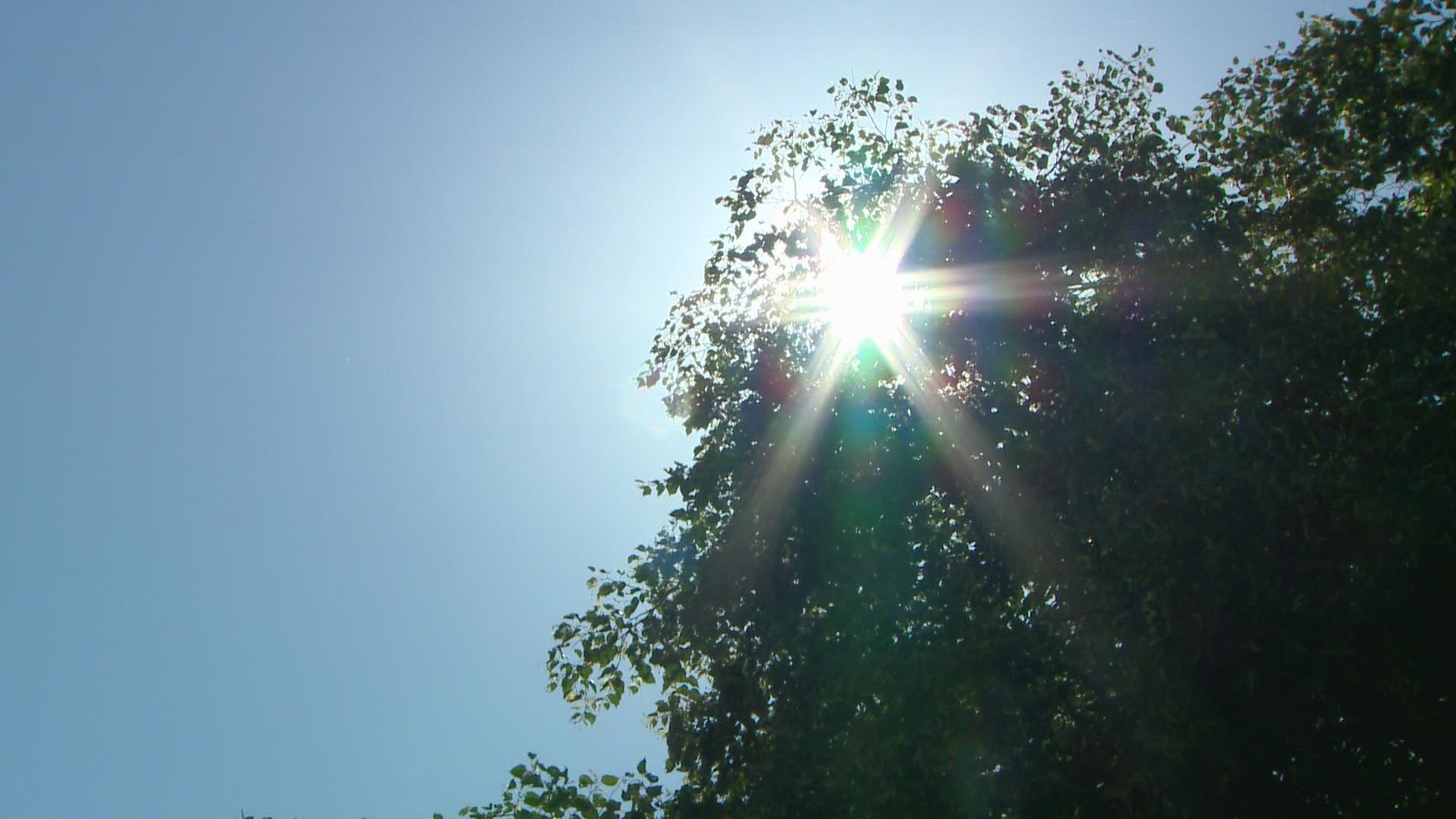DENVER — While many have braved the Colorado heat this Summer, many could still be seen hovering around trees to get some shade during outdoor events like Taste of Colorado.
In years past, many meteorologists in Colorado used the Heat Index to help track when it's hot, but there's a caveat.
"For Colorado, usually when we get very warm, our humidity is very low and that would push our heat index down in the lower to mid nineties and not a kind of a true assessment what the heat risk is out there for those elderly or athletes or people working outside, those that are kind of prone to that heat," said Bernie Meier, a meteorologist with the National Weather Service (NWS) in Boulder.
To better understand the risks heat pose on people, Meier explained that this year, NWS Boulder started using what's known as 'HeatRisk.'
According to the NWS website, HeatRisk is defined as a prototype that provides a color and numeric value that places forecast heat for a specific location into an appropriate level of heat concern, along with identifying groups potentially most at risk at that level.
Among other things, HeatRisk takes into account how significantly above the normal temperatures are for a specific location, time of year, duration of unusual heat and more.


Meier says a big advantage is that it also takes overnight temperatures into account.
"Better convey the impact of heat and try to hit those days. Where people are to be more impacted by the heat is what we're aiming for," he said. "Give people a heads up that there's going to be a higher risk at heat illness if you're going to be outside playing activities, if you're outside working or just to step up the heat. We want to hit those days right and try to prevent those heat illnesses."
Meier said their office has issued five heat advisories so far this year. States in the Western U.S. have been using HeatRisk for several years now, Meier explained.
In the case of Boulder's office, they looked at the number of heat-related illnesses from the last few years.
"And kind of compare that to the values of the heat risk and found a decent correlation where on our high or extreme days there was an increase in admissions to the emergency room related to heat issues," he said.


He added that it's been useful for entities like the City of Denver, calling it a new way to look at the heat threat.
"And so in those terms, I would say successful, where the City of Denver has more of a concrete pinpoint when to open up those shelters for people," he said, referring to the cooling shelters.
Overall, Meier said the intent is to look at this year's results from using the prototype, and will "probably" be doing it next year.
"We'll definitely want to make sure it's being helpful, maybe reducing the heat impacts. So we'll definitely look at it," he said.
SUGGESTED VIDEOS: Colorado Climate

